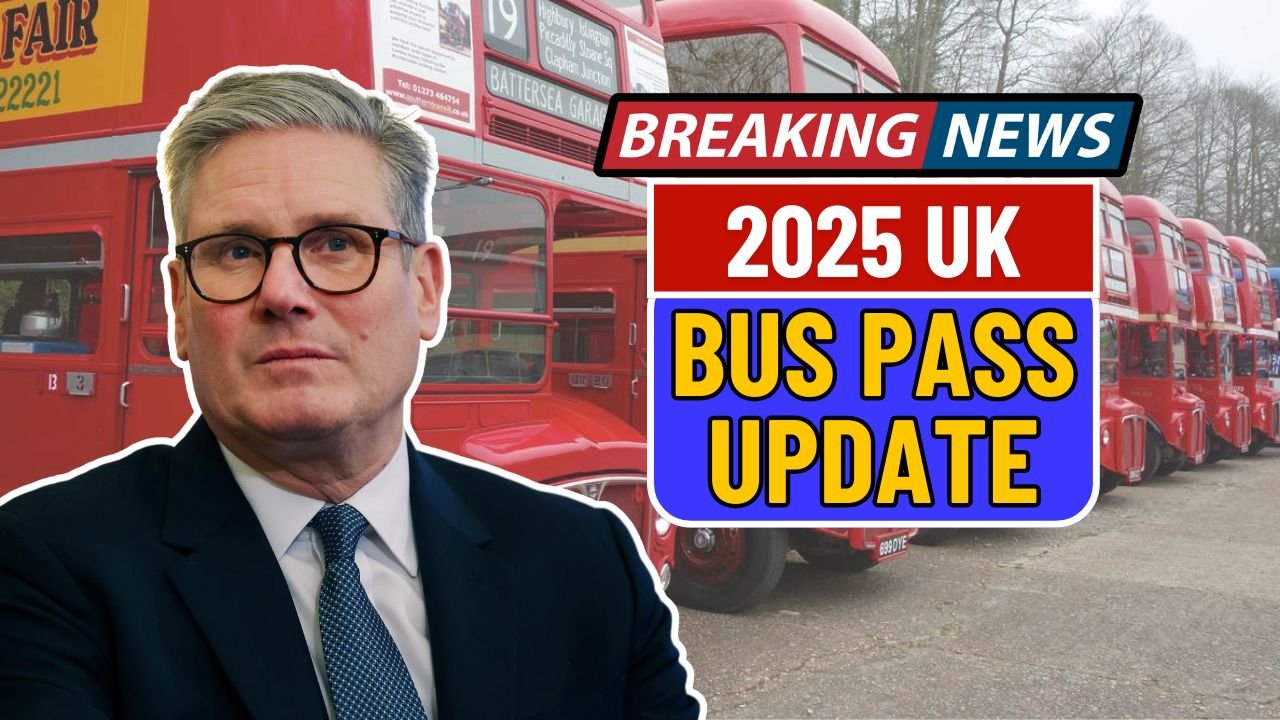The United States is witnessing a significant wage revision in 2025 under the One Big Beautiful Bill, marking another step toward bridging income gaps and combating inflation. Although the federal minimum wage remains at $7.25 per hour, multiple states are raising their local wage rates beginning October 2025 to address higher living costs and promote fair pay across industries.
- Over 25 U.S. states have announced higher minimum wages for 2025 to counter inflation.
- The federal rate of $7.25/hour remains unchanged since 2009 under the Fair Labor Standards Act (FLSA).
- Major states such as California, Washington, and New York now offer $15–$18/hour, aligning with regional living costs.
Table of Contents
Federal Minimum Wage Overview
The Fair Labor Standards Act (FLSA) sets the federal minimum wage, currently fixed at $7.25 per hour since July 2009. Despite this unchanged rate, the rising cost of living has pushed many states and private employers to establish higher local pay rates.
According to the U.S. Department of Labor (DOL), roughly 1.6 million American workers—representing 1.9% of hourly employees—still earn the federal minimum. These workers are most affected by inflation, as essential costs for food, housing, and transportation have surged by more than 20% in the last five years.
Reports from the Congressional Budget Office (CBO) suggest that gradually increasing the minimum wage could lift nearly 900,000 Americans out of poverty, though small businesses may face short-term challenges adapting to higher payroll expenses.
Private Employers Leading Wage Growth
Even in the absence of federal legislation, many private corporations are voluntarily increasing their entry-level wages to remain competitive. Companies like Amazon, Costco, and Target now pay between $15 and $18 per hour, well above the federal rate.
These corporate wage policies are setting new benchmarks, influencing state-level wage reforms and creating pressure for a more uniform national wage standard. As a result, states are moving independently to ensure their residents can keep up with the growing cost of living.
U.S. Minimum Wage Adjustments 2025
The Department of Labor continues to oversee minimum wage compliance, ensuring that both federal and state rates align with labor laws and economic goals. As of October 2025, over half of U.S. states have raised their hourly pay to $14 or higher, narrowing income disparities across regions.
Below is a table summarizing the updated minimum wages for key states in 2025:
| State | Previous Wage | New Wage (2025) | Reason for Increase |
|---|---|---|---|
| California | $16.00 | $16.50 | Rising cost of living and inflation |
| Washington | $17.50 | $17.95 | Consumer Price Index (CPI) adjustment |
| Alaska | $11.91 | $13.00 | Inclusion of paid sick leave benefits |
| New York | $15.50 | $16.00 | State legislative review |
| Florida | $13.00 | $14.00 | Scheduled increase under state law |
| Oregon | $14.70 | $15.05 | Inflation-based revision |
| Arizona | $14.35 | $14.70 | CPI-linked adjustment |
| Connecticut | $15.69 | $16.35 | Rising living costs |
| Delaware | $13.25 | $15.00 | Economic adjustment plan |
| Colorado | $14.42 | $14.81 | Standard-of-living realignment |
| Michigan | $10.33 | $10.56 | Gradual alignment with inflation |
By the end of 2025, these combined state-level changes are expected to inject nearly $25 billion in additional income into the U.S. workforce, strengthening local economies and consumer spending power.
Employer Compliance and Payroll Responsibilities
Employers are required to adjust their payroll systems and employee compensation structures to remain compliant with the new state wage laws. Failure to do so could lead to penalties under the FLSA.
Steps for Employers:
- Verify updated wage rates from the Department of Labor and respective state agencies.
- Update payroll management systems and ensure accurate wage calculations.
- Reassess tipped employee pay to meet or exceed legal minimums.
- Post revised wage notices in all workplaces, as mandated by law.
- Maintain transparent and accurate records to prepare for potential audits.
The DOL expects more frequent state-level audits throughout 2025, making documentation and compliance a critical focus for employers.
Implementation Timeline
Most new wage rates officially took effect on October 11, 2025, following state-level approvals and budget adjustments. However, several states—such as California, Oregon, and Washington—implemented their revised rates earlier, beginning July 1, 2025.
The phased rollout allows smaller businesses to adapt gradually without facing financial strain, ensuring a smoother transition toward higher minimum pay levels.
Industry Exemptions
Certain sectors remain exempt from the new minimum wage laws due to their unique employment structures. These exemptions are intended to maintain operational flexibility in industries with variable or seasonal earnings.
Exempted Categories Include:
- Agricultural and seasonal farm workers
- Fishermen and independent maritime laborers
- Commission-based sales representatives
These exemptions ensure that workers in variable-income industries are still protected under specific labor provisions while allowing employers to sustain competitive business operations.
Economic Outlook and Long-Term Impact
Economists expect the 2025 wage increases to generate a mixed short-term impact — with potential payroll challenges for small businesses but a broader positive effect on household income and spending.
Increased wages are anticipated to improve employee retention, strengthen local demand, and enhance economic stability in high-cost areas such as New York, California, and Washington.
Policy analysts also suggest that these incremental changes will pave the way for a federal minimum wage review in the coming years, as public and political support for wage reform continues to grow.
The U.S. Minimum Wage Increase 2025 represents a pivotal shift in the country’s ongoing fight against inflation and income inequality. Even though the federal base wage remains at $7.25 per hour, state-led initiatives are redefining fair pay across industries and regions.
By October 2025, millions of American workers will benefit from higher hourly wages, increased economic security, and an improved standard of living. This evolution reflects a collective effort to create a more balanced and sustainable economy where every worker earns a livable wage in line with modern-day costs.



